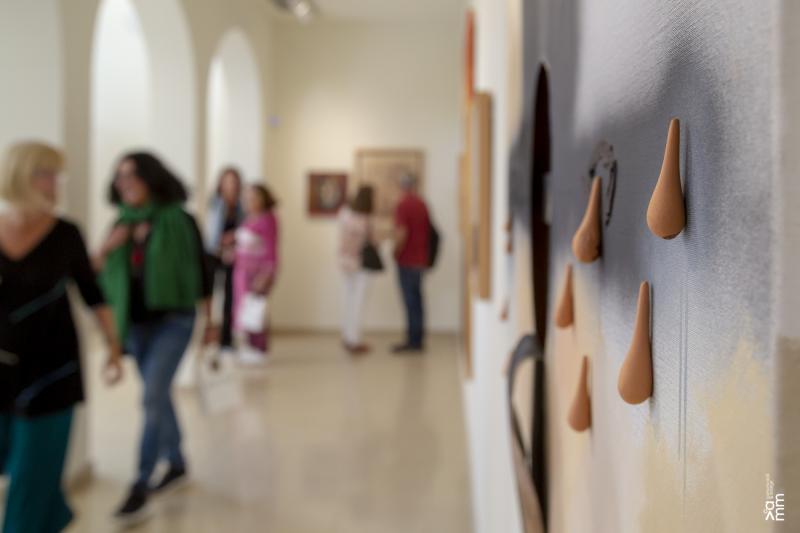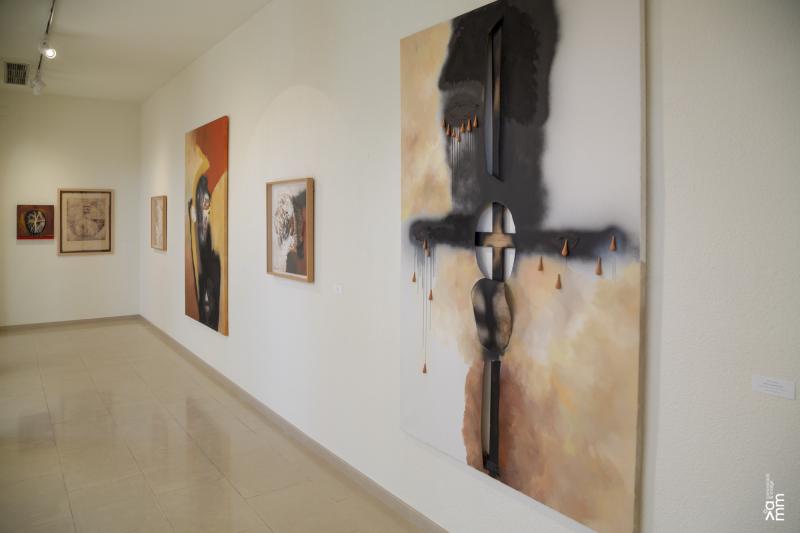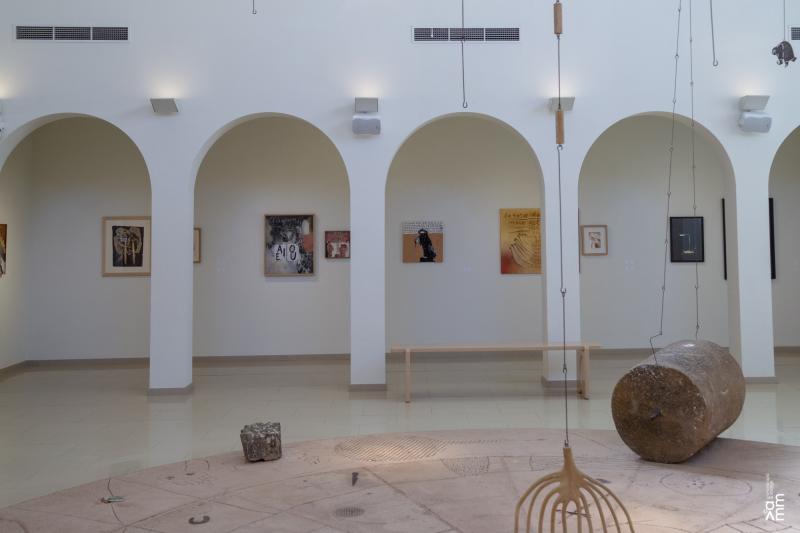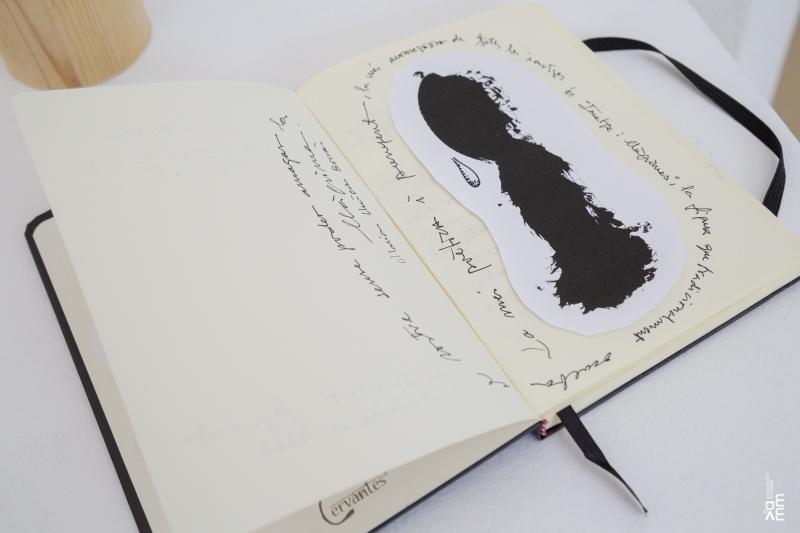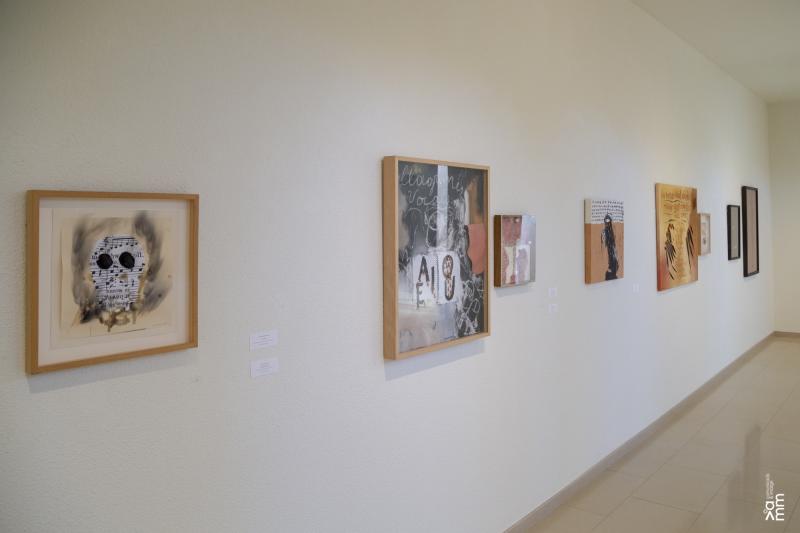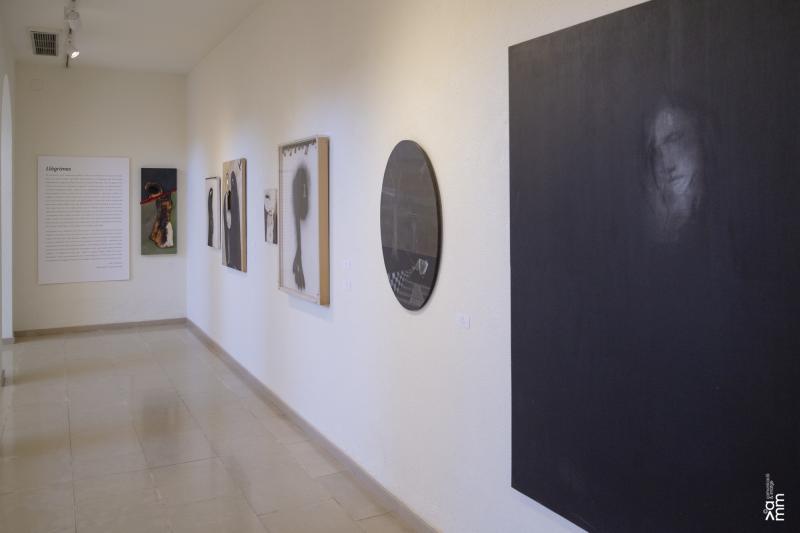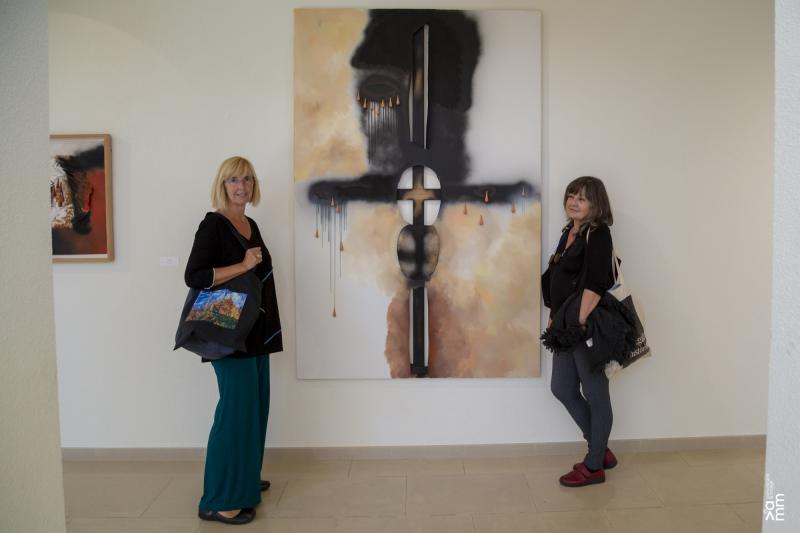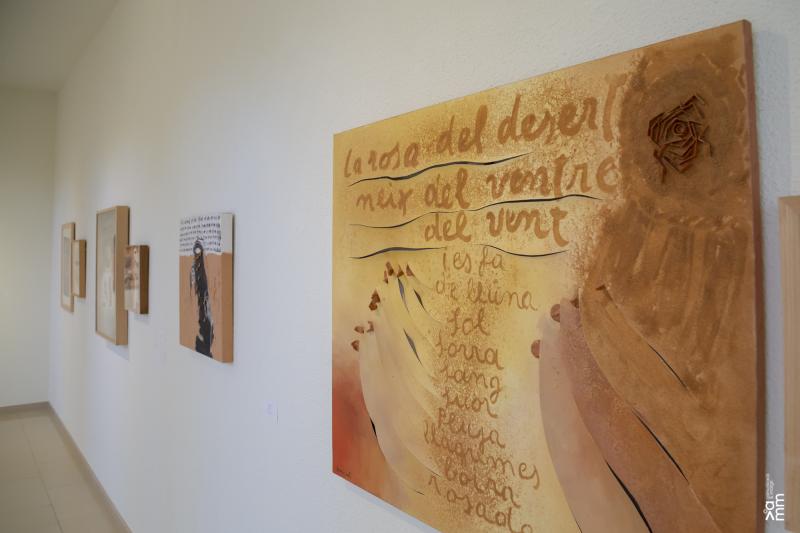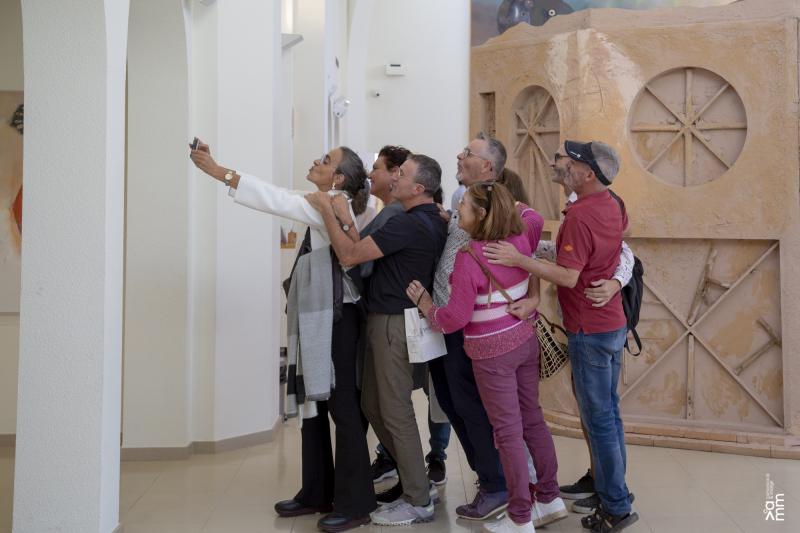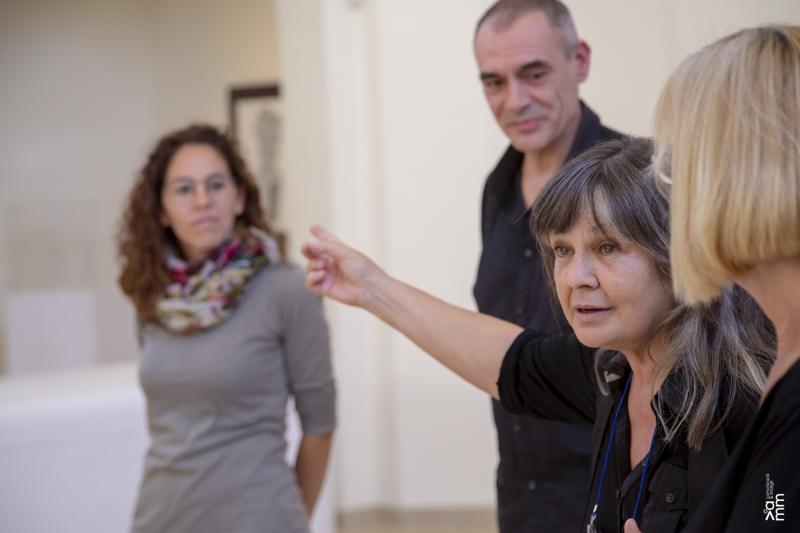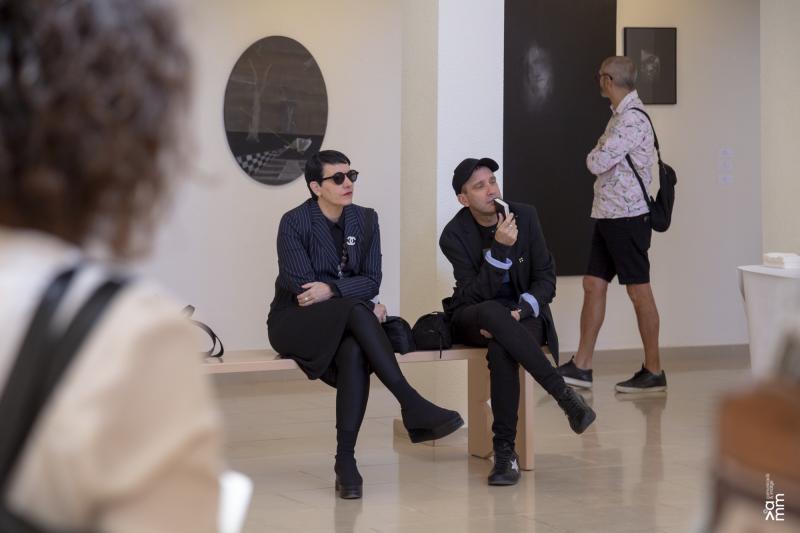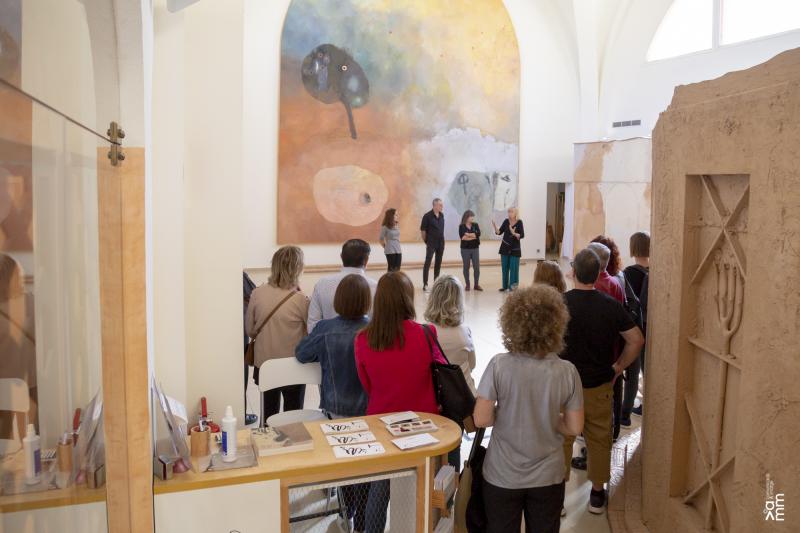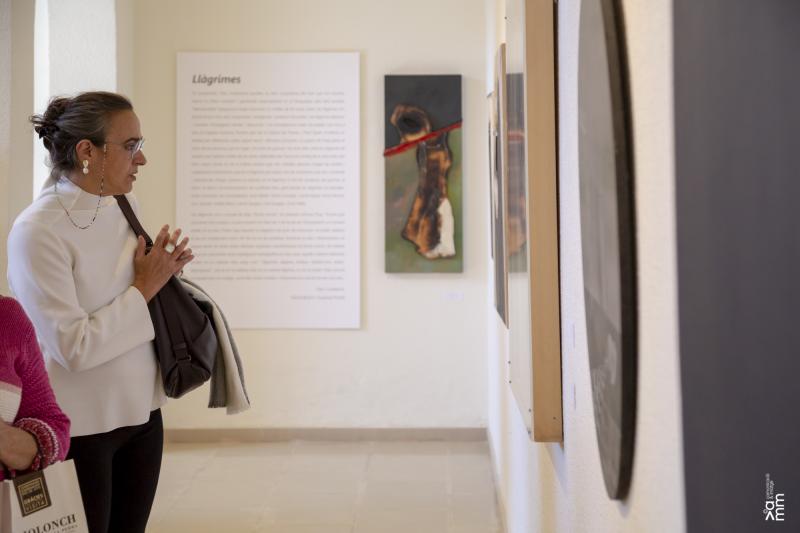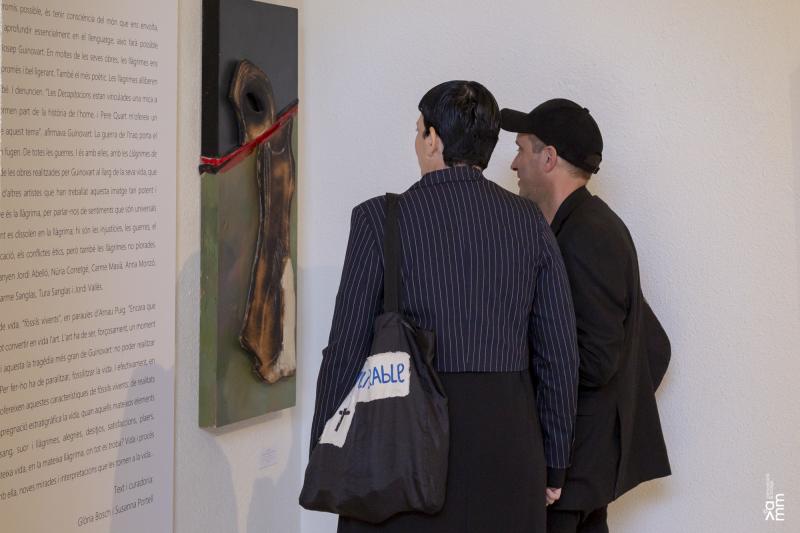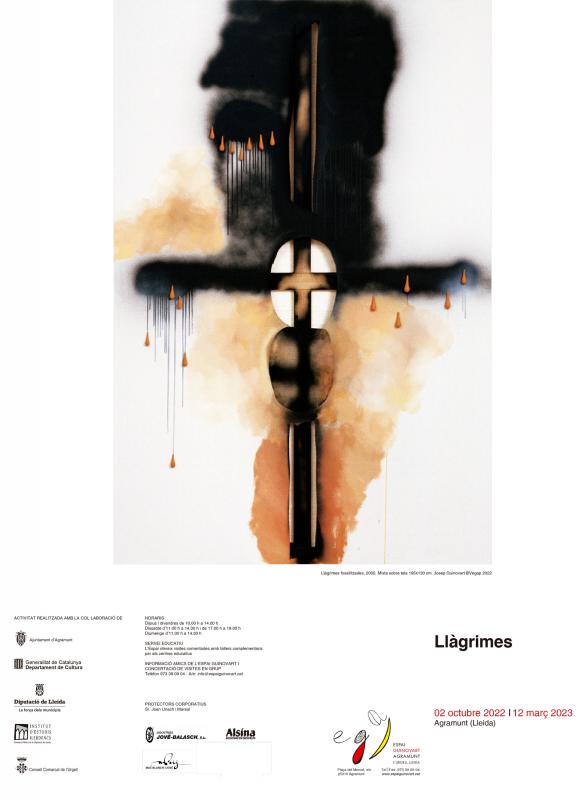Tears
Josep Guinovart
“Commitment, the only possible commitment, is to be aware of the world around us, exercise constant criticism and essentially delve into language; this will make timelessness possible” assured Josep Guinovart. In many of his works, tears take us to his most committed and belligerent world. Also the most poetic. Tears release and comfort. They protect too. And they denounce. "The Beheadings are somewhat linked to all human tragedy, they are part of the history of man, and Pere Quart offers me a pretext to reflect on this subject", Guinovart affirmed. The war in Iraq provokes the pain of the people who flee from it. Of all the wars. And it is with them, with the usual Tears that inhabit many of the works made by Guinovart throughout his life, that we have wanted to shake hands with other artists who have worked on this powerful and emotionally catalyzing image to talk to us about feelings They are universal and timeless. Past and present dissolve in the tear; there are the injustices, the wars, the pain, the silence, the lack of communication, the ethical conflicts, but also the unshed tears. With Guinovart, we are joined by Jordi Abelló, Núria Corretgé, Carme Masià, Anna Monzó, Lluc Queralt, Amèlia Riera, Carme Sanglas, Tura Sanglas and Jordi Vallès.
Tears as a sign of life, "living fossils", in the words of Arnau Puig. “Although Guinovart proposes it, he cannot turn art into life. Art has to be, perforce, a static moment in life. Perhaps this is Guinovart's greatest tragedy: he cannot realize his art simply by living. To do so he must paralyze, fossilize life. And indeed, in this sense, his works offer these characteristics of living fossils: of realities that only carry life with stratigraphic impregnation, when those same elements flow in life itself: blood, sweat and tears, joys, desires, satisfactions , pleasures, disappointments”. Isn't it in one's own life, in one's own tear, where everything is found? Life and process are transformed into image, and with it, new views and interpretations that bring them back to life...
Text and Curation:
Gloria Bosch and Susanna Portell

